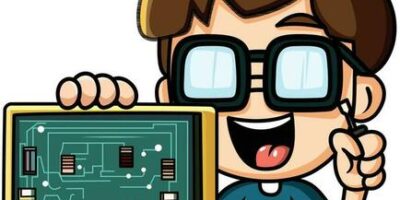We’ve all at some point of our life been a target of the popular and accessible mantra of “reduce, reuse and recycle”. For many of us, this is how the concepts of environmental awareness and sustainability were incepted into our minds. These slogans are continuing to promote the importance of environmental responsibility but unfortunately consumers do not form the bulk of the problem. When one considers the entire life cycle of a product that is deemed “recyclable”, the consumers only represent the intermediate section. The post-consumption process is almost completely out of sight to the average individual. For example, the 20% of water bottles that actually get put in the Blue Box are often shipped overseas to be recycled in countries like India and China. Moreover, at our current state, the water bottle actually gets “downcycled” i.e. the recycled product is not the same as the original (closed loop) but rather is made into products that can’t be recycled. In an evolved form of our world, perhaps in the near future, sub-optimal products should actually be upcycled to increase the purity of a commodity, decrease toxicity etc. Imagine a process that extracts antimony from a plastic bottle and puts a much safer and less toxic product back into the hands of the consumer.
When William McDonough and Michael Braungart, authors of Cradle to Cradle: Remaking the Way We Make Things, presented their goal: “create a diverse, safe and healthy world, economically, equitably, ecologically and elegantly enjoyed.” to the White House, most officials expressed incredulity since it seemed too good to be true and more make-belief than pragmatic. Unfortunately, we have grown accustomed to limitations and restrictions in terms of the resources that are available to us and are foreign to the idea of abundance (abundance in the form of innovation or even abundance in the form of energy that can be derived from the sun). Even as engineers, we almost always envision ourselves in this finite box that has infinite limitations and that it would be our responsibility to magically solve this highly non-linear system. I’m definitely not implying in any way that we are short of problems, but that innovative solutions do exist. For example, the problem of waste is not its sheer quantity but the fact that it’s non-biodegradable or non-compostable. If everything went back to the biosphere, then waste would not be the menacing heap it continues to remain. Waste could be for once embraced and littering would not be discouraged.
Nature itself can be a significant source of design inspiration, and it doesn’t issue patents (although admittedly that doesn’t stop companies from issuing them). When Ford’s Detroit site, with an 80 year history of car manufacturing, was faced with the ultimatum to revitalise the plant or abandon it, the company’s CEO turned to William McDonough. The site was transformed into an industrial park with an abundant plant life where wastewater was purified by the sun’s natural energy. More windows were installed to allow the entry of natural daylight and a stronger emphasis was placed on waste flow. Although the capital costs were relatively high, it paid off in the long run as the company saved approximately $45 million due to the establishment of a much more efficient local ecosystem. This cradle to cradle approach of extending the life cycle of a product beyond its consumption all the way to its disposal has garnered tremendous attention primarily because it is successful on a business scale, proving to be a valuable long term investment. There are a lot of people with ideas out there but very few who can actually factor in some business sense into their models.
We live in a capitalist society and one of the ways of enacting positive environmental change is by making those changes economically appealing. To a person interested in making a profit, the very idea of a building that produces more energy than it requires and purifies its own water would only be amazing if it yields a high return on investment. This calls for engineers with a strong business sense who can market such ideas, prove economic viability and ultimately deliver results. As our culture continues to torture itself, it is evident that we should question our intentions during the design stage and consider going back to the primordial conditions in order to imbue our designs with inherent intelligence.




Leave a Reply